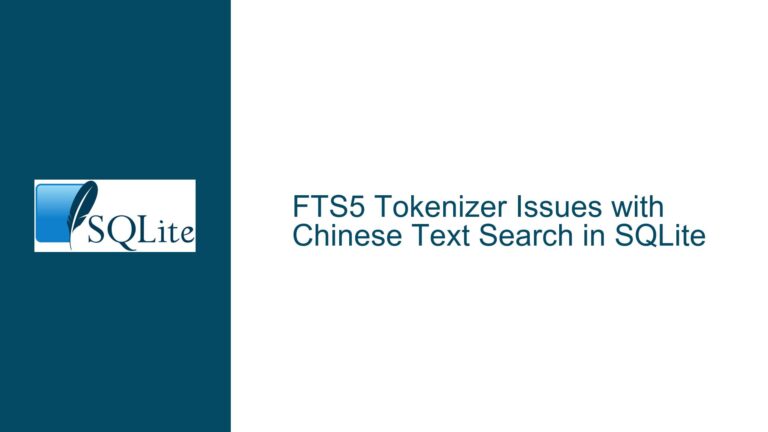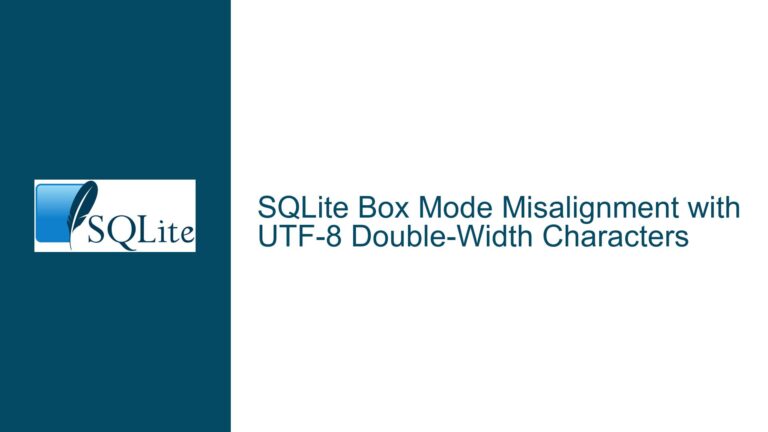Optimizing SQLite Queries to Retrieve the Last Page of a Table in Ascending Order
Understanding the Query Structure and Performance Implications The core issue revolves around optimizing an SQLite query to retrieve the last page of a table in ascending order. The original query attempts to achieve this by first selecting rows in descending order, limiting the result to the desired page size, and then reordering the result in…









